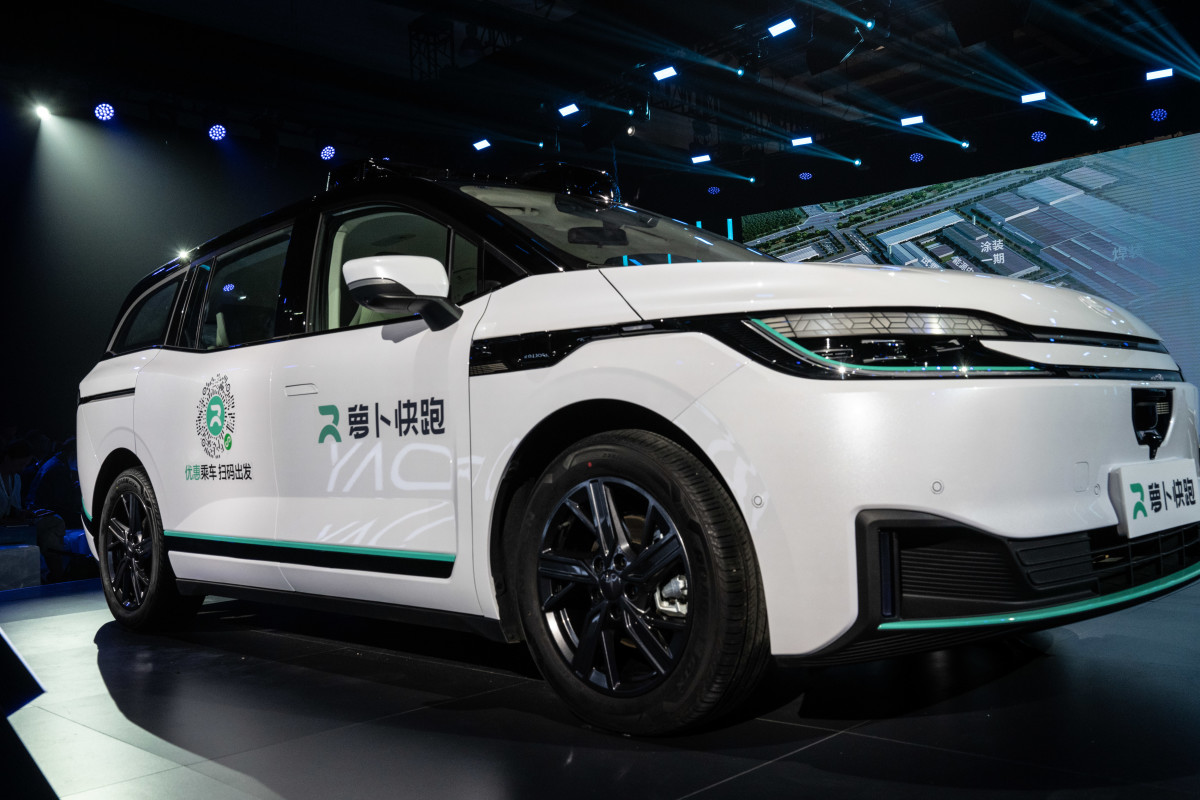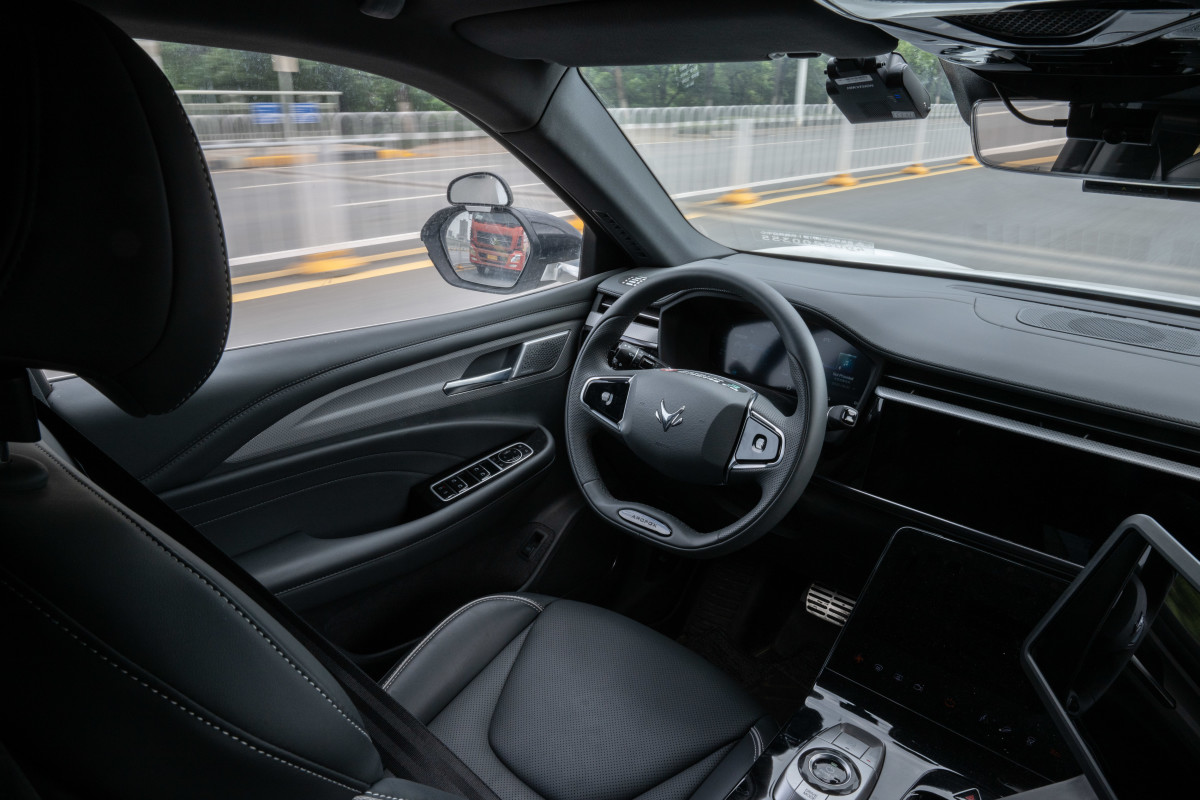Soil excavated from the moon could be used to produce oxygen and methane, which could be used by lunar settlers for breathing and for rocket fuel.
This is the conclusion of a team of scientists from China who have found a one-step method of doing all this. Whether it is economically viable, however, is up for debate.
But the Chinese team thinks that it is. "The biggest surprise for us was the tangible success of this integrated approach," said team-member Lu Wang, who is a chemist from the Chinese University of Hong Kong, in a statement. "The one-step integration of lunar water extraction and photothermal carbon dioxide catalysis could enhance energy utilization efficiency and decrease the cost and complexity of infrastructure development."
They point out that studies have shown that transporting supplies from Earth to any future moon base would be expensive because the greater the mass of cargo, the harder a rocket has to work to launch into space. Studies have indicated that it would cost $83,000 to transport just one gallon of water from Earth to the moon, and yet each astronaut would be expected to drink 4 gallons of water per day.
Fortunately, the moon has plentiful water, although it is not automatically apparent. Brought to the moon by impacts of comets, asteroids and micrometeoroids, and even by the solar wind, water lurks in permanently shadowed craters at the lunar poles, trapped within minerals such as ilmenite.
Extracting the water for drinking is relatively easy and there are numerous technologies that describe how this can be done, including heating the regolith by focusing sunlight onto it. However, the Chinese team has been able to take this one step further.
"What’s novel here is the use of lunar soil as a catalyst to crack carbon dioxide molecules and combine them with extracted water to produce methane," Philip Metzger, a planetary physicist from the University of Central Florida, told Space.com. Metzger was not involved in the new research, but he is the co-founder of the NASA Kennedy Space Center’s ‘Swamp Works‘, a research lab for designing technologies for construction, manufacturing and mining on planetary (and lunar) surfaces.
Get the Space.com Newsletter
Breaking space news, the latest updates on rocket launches, skywatching events and more!
Methane would be more desirable than liquid hydrogen as a potential rocket fuel because it is easier to keep stable, thereby requiring less machinery and less cost to keep on the moon. Liquid methane, when mixed with oxygen as an oxidizer, is a potent rocket fuel. Many commercial companies such as China’s Landspace are already launching methane-powered rockets.
The water-bearing ilmenite is also a useful catalyst for reacting the water with carbon dioxide to produce oxygen and methane, and the Chinese team have developed a one-step process for doing so. First, they heat the regolith to 392 degrees Fahrenheit (200 degrees Celsius) by focusing sunlight to release the water inside. Then, carbon dioxide such as that which could be breathed out by astronauts is added to the mix, causing the ilmenite to catalyze the reaction between the extracted water and the carbon dioxide. Researchers tested this process, known as photothermal catalysis, in the laboratory using a simulant based on samples of lunar regolith returned to Earth by China’s Chang’e 5 mission (the lunar samples are far too previous to destroy in such experiments, which is why a simulant is used instead).
While previous technologies have also been able to accomplish this, they required more steps and more machinery, and used a catalyst that would have to be transported up from Earth. This, the research team believe, makes their process more efficient and less expensive than the alternatives.
However, Metzger is not wholly confident that it will work. For one thing, lunar regolith is a proficient thermal insulator, so heating a sample all the way through would not be easy.
"The heat does not spread effectively deeper into the soil, and this greatly reduces the amount of water that can be produced in a given time," Metzger said. One option could be to ‘tumble’ the regolith, turning it over repeatedly so that the heat is more evenly applied, but this slows the extraction of water and increases the mechanical complexity of the process. In an environment where lunar dust gets into every nook and cranny, and where temperature fluctuations between night and day can be as great as 482 degrees Fahrenheit (250 Celsius), the risk of breakdown only increases as more moving parts enter the equation.
"It may be doable, but more maturation of the technology is needed to show that it is actually competitive," said Metzger.
There’s also a problem with the application of carbon dioxide, something recognized by both the Chinese team and Metzger. Specifically, there’s a question mark over whether astronauts could produce enough carbon dioxide through their normal exhalation. Metzger calculates that astronauts could only provide a tenth of the carbon dioxide required. Alternatively, carbon dioxide could be shuttled up from Earth, but this would rather defeat the purpose of the proposed technique, which was to develop a lot-cost means of obtaining water, oxygen and methane with resources largely already available on the moon.
However, in the long-run, perhaps shipping some materials up from Earth will be beneficial. Metzger points out a similar experiment that used an exotic granular catalyst – nickel-on-kieselguhr (kieselguhr is a kind of sedimentary rock) – rather than lunar regolith. Metzger suspects that a material specifically designed to be a catalyst, such as nickel-on-kieselguhr, would be more efficient than lunar regolith. Plus, although it would be expensive to transport from Earth, the nickel-on-kieselguhr can be re-used so you would only need to transport it to the moon once. In a cost-benefit analysis, in the long term it might be more efficient to do this instead.
Regardless, the research team has convincingly shown that using lunar regolith as a catalyst to produce fuel and water works. The next step is to show that the technology can be scaled up to sustain a base on the moon more efficiently than other techniques, and that it can operate in lunar conditions where the gravity is weaker, the temperature swings to large extremes, and there is intense radiation from space.
"I think these are highly interesting results and there may be additional applications to use lunar soil as a photocatalyst," said Metzger. "More work will be needed to show whether this concept can be economically competitive. I am skeptical, but all good ideas have their detractors and you can never really know until somebody does the work to prove it."
There is certainly no immediate rush for the technology. With NASA’s Artemis III mission, which aims to finally return astronauts to the surface of the moon in 2027 at the earliest, and funding made available for Artemis IV and V at some indeterminate time in the future, we’re not yet in a position to build a permanent lunar base.
However, the Artemis missions are the perfect opportunity to trial some of these technologies and will be greatly important for showing whether we really can live on the moon or not.
The research was published on July 16 in the journal Joule.
via Latest from Space.com https://www.space.com
July 17, 2025 at 04:08PM


